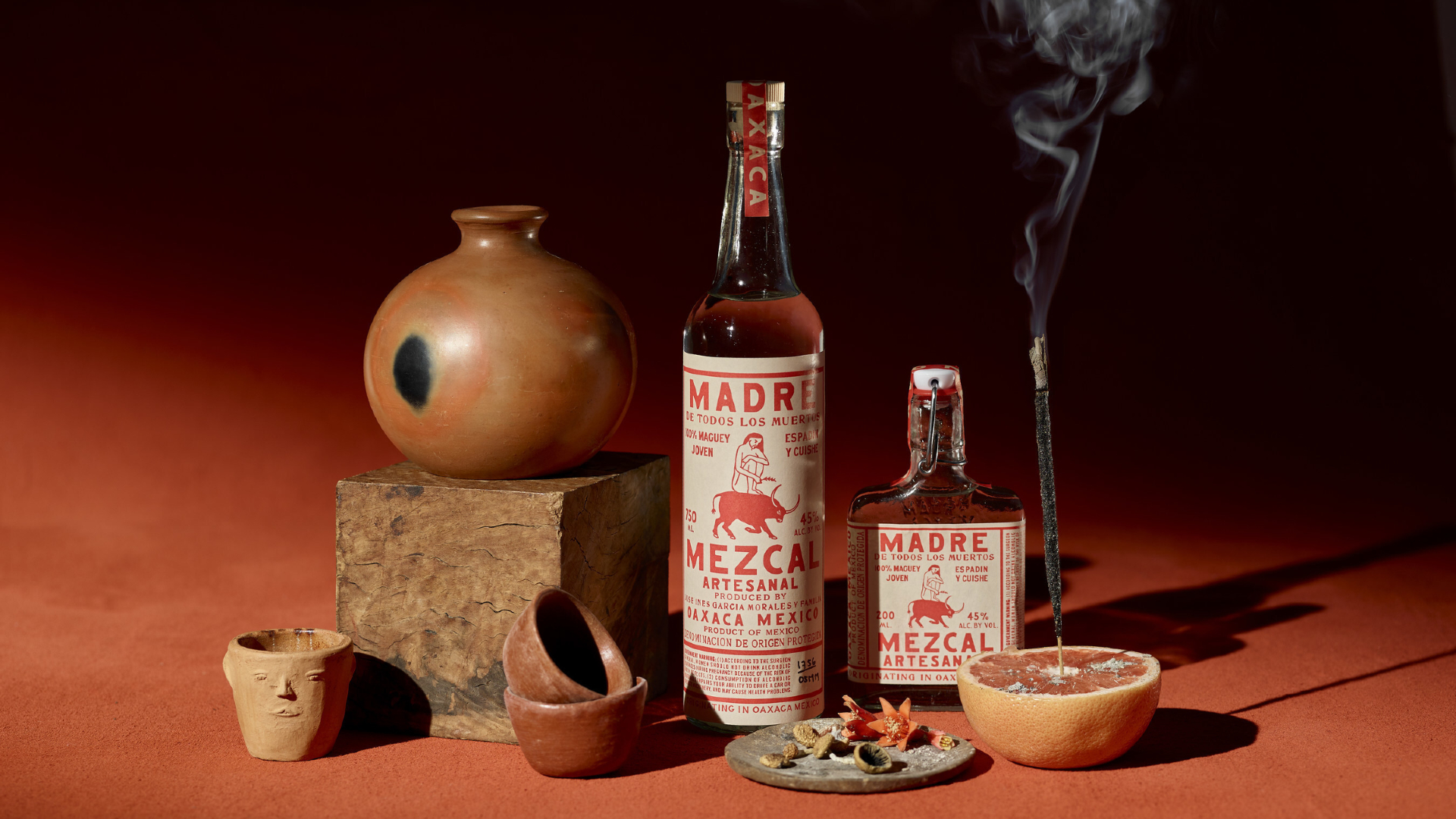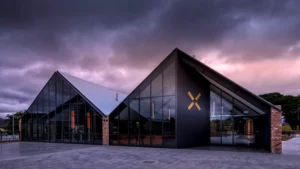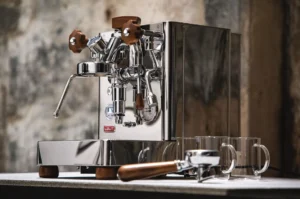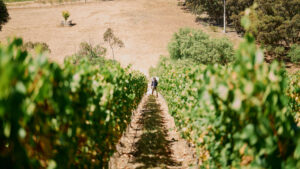As Mexico’s multi-billion dollar market for agave-based spirits continues to grow — backed by robust demand from mixologists and a disproportionate obsession amongst celebrities — it’s important to answer one fundamental question — how does Tequila really differ from Mezcal?
In a refrain that will feel familiar to anybody who enjoys drinking Bordeaux, Tequila is a type of agave spirit like Mezcal — though not all Mezcal is necessarily Tequila.
RELATED: 17 Best Tequilas To Make Every Day Cinco De Mayo
Whereas the latter is a catch-all term used to describe any alcohol made from a multitude of different kinds of agave (a kind of spiny cactus native to tropical areas in North America), in order for spirits to be called Tequila they must first adhere to a certain geographical classification — again, for you wine snobs out there, kinda like an A.O.C.
Below, we get into a number of the key differences that separate Tequila and Mezcal, paying attention to the different regions in which these are made, how they’re fermented, and the (largely similar) aging categories used to classify both.
Let’s get into it.
Mezcal vs Tequila: What Are They?
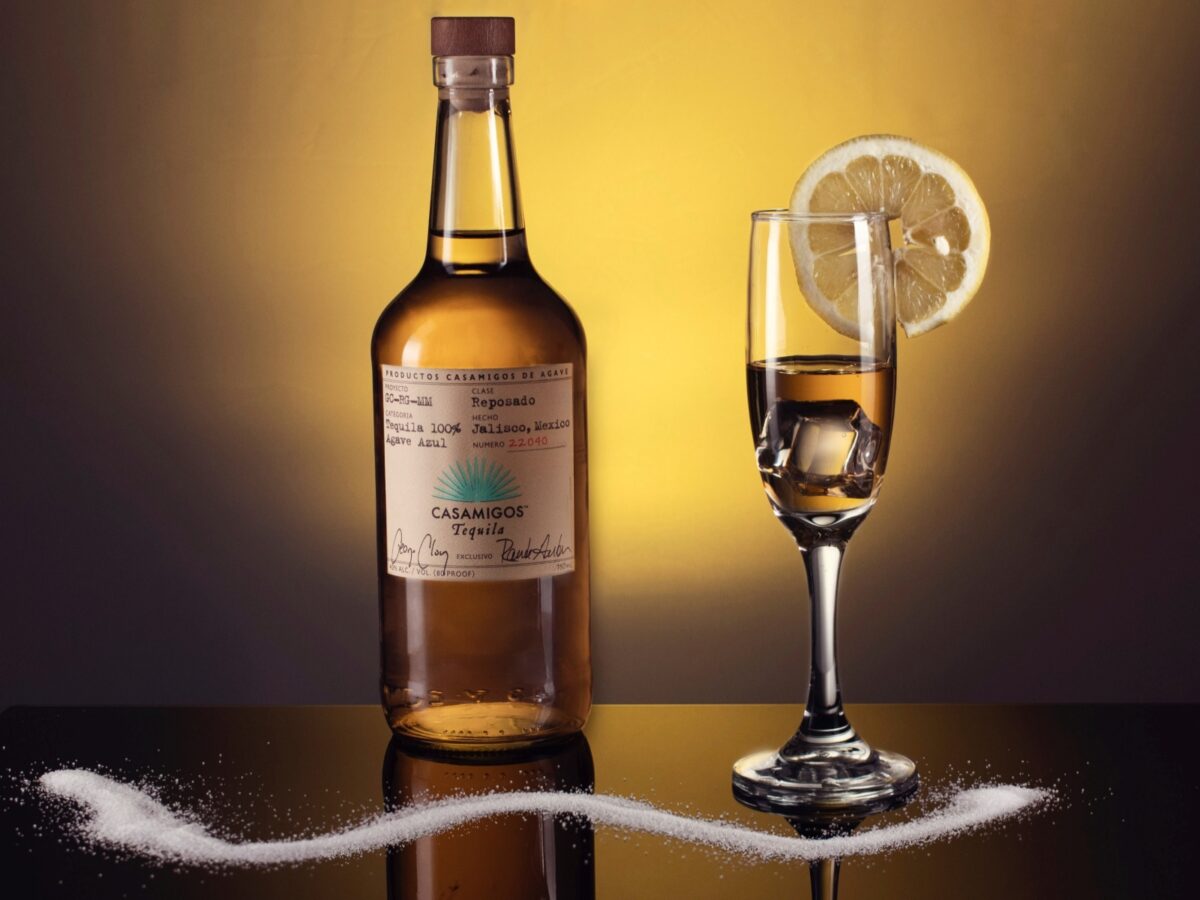
Whereas Mezcal can be made from a wide variety of agave species, in locales all across the nine Mexican states, Tequila favours a much narrower definition: taking into account questions of distillation and the actual town where the raw agave spirits are produced.
Ergo, one of the biggest distinctions between Mezcal and Tequila is that the latter must be made with blue agave (agave tequilana).
In recent years these types of agave plants have become synonymous with Jalisco: the Mexican state where many Tequila distilleries that have achieved international recognition are based. However, this isn’t the only locale where one can legally produce Tequila in Mexico.
A Question of Place
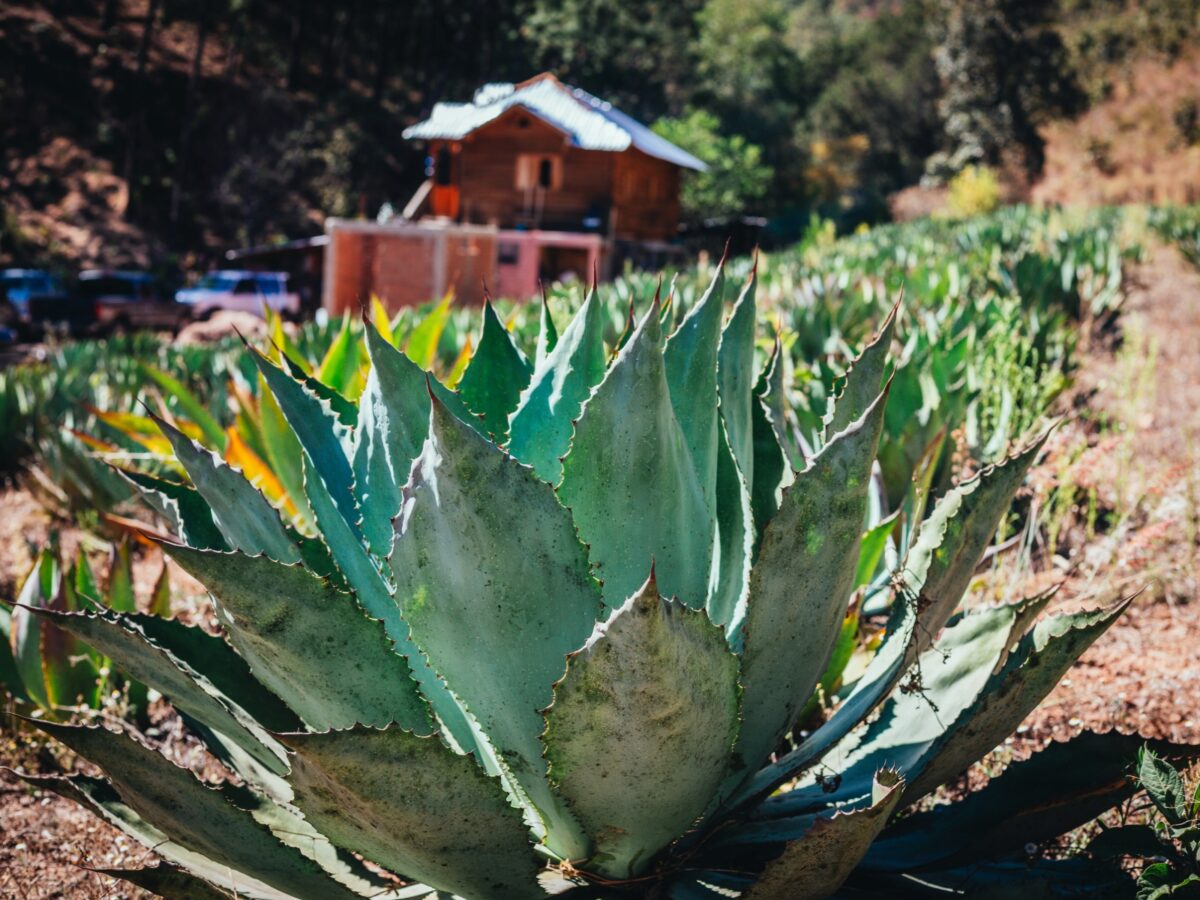
Though the ‘Tequila’ moniker comes from an actual township located in the highland valleys of Jalisco, Mexican legislation authorises the eponymous blue agave spirit to be distilled in Michoacán, Nayarit, Tamaulipas and Guanajuato.
This is in stark contrast to Mezcal, which can be made in regions all across Mexico: such as Oaxaca, Zacatecas and Durango.
Differences in Distillation Process
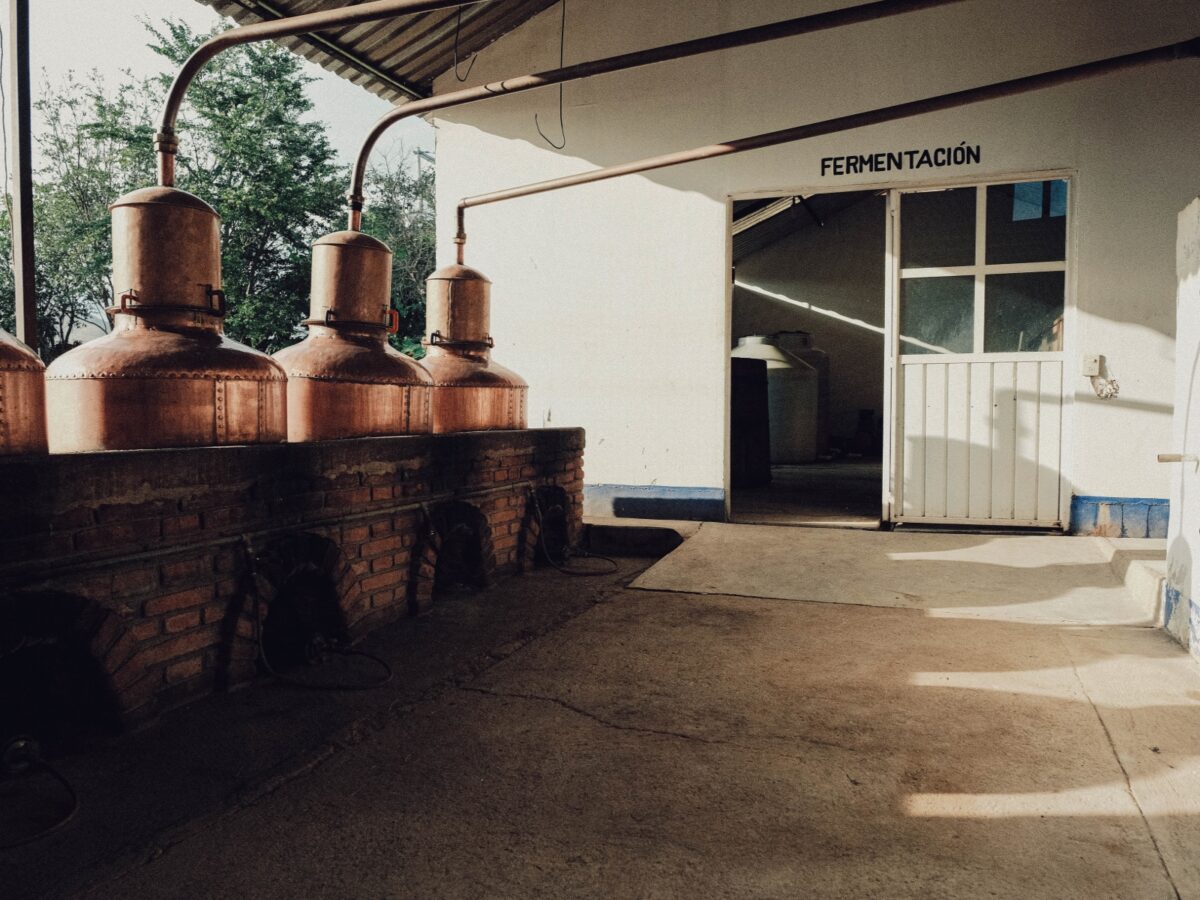
From a superficial perspective, it’s fair to observe that both Tequila and Mezcal are made with agave piñas (“agave hearts”). However, beyond that, there are some pretty significant distinctions in the way that this member of the cactus family is handled in order to produce Mezcal (versus the way it’s handled to produce Tequila).
As previously mentioned, for a spirit to be called ‘Tequila’ it must be distilled with the blue agave — from one of a handful of regional designations stipulated under Mexican law.
Traditionally, the blue agave is manually planted and farmed; and upon achieving the requisite ripeness, must be hand-harvested by field workers (“jimadores”) who cut each plant’s spiny exterior off to expose the ‘heart’ within. These are then cooked via a steaming method that simultaneously kickstarts the fermentation process and makes the agave soft enough to crush.
The cooked hearts are then pulped, with the resulting liquor fermented until it becomes alcoholic and then distilled an additional two to three times.
By contrast, most Mezcal is made with a much more varied assortment of agave: roasted whole in firepits to give the spirit its recognisably smoky, savoury flavour.
Tequila vs Mezcal: The Beauty of Ageing
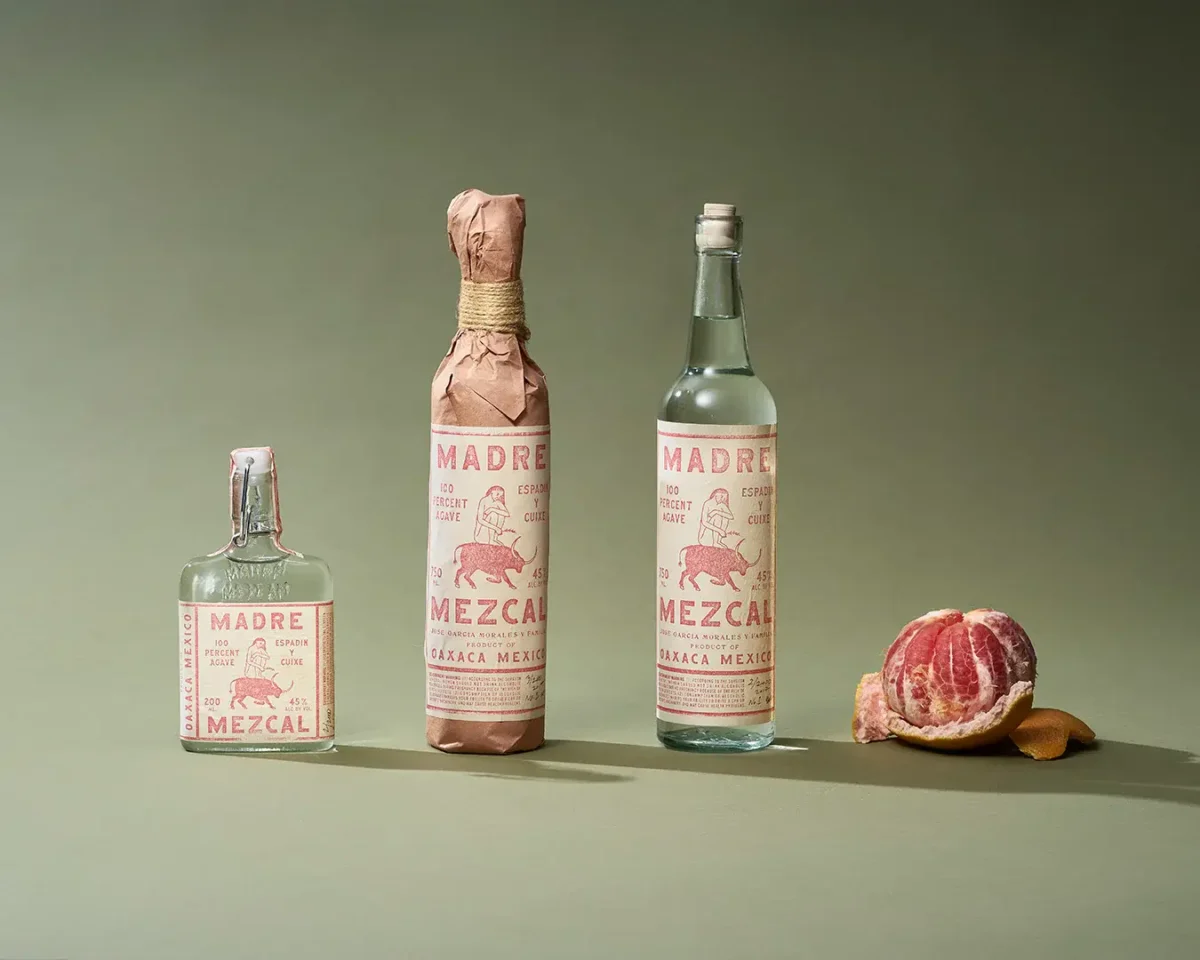
Another area where Tequila and Mezcal evidence considerable overlap is in age classifications. Both of these classic Mexican spirits are matured in oak barrels, but unlike whisky, the ageing process occurs significantly more rapidly.
Broadly, both adhere to three levels of age classification: añejo (“old”), reposado (“rested”), and blanco (“white”). Depending on whether you’re holding a bottle of Mezcal or Tequila, the precise number of years needed to meet each classification may differ.
In Tequila, a more specific 1-3 year timeframe is imposed upon those blue agave spirits that are labelled añejo; whereas anything in excess of a year spent in-barrel is enough for Mezcal. The two younger classifications are relatively straightforward, with reposado Mezcal and Tequila both requiring maturation for between 2-12 months; and anything under two months being treated as blanco across the board.
As global demand for Tequila and Mezcal continues to evolve, an increasing number of extra añejo bottlings are finding their way to market — another blanket term used to describe Mexican agave spirits that have been maturing for any period in excess of three years.
Tequila vs Mezcal: Different Shades of Agave
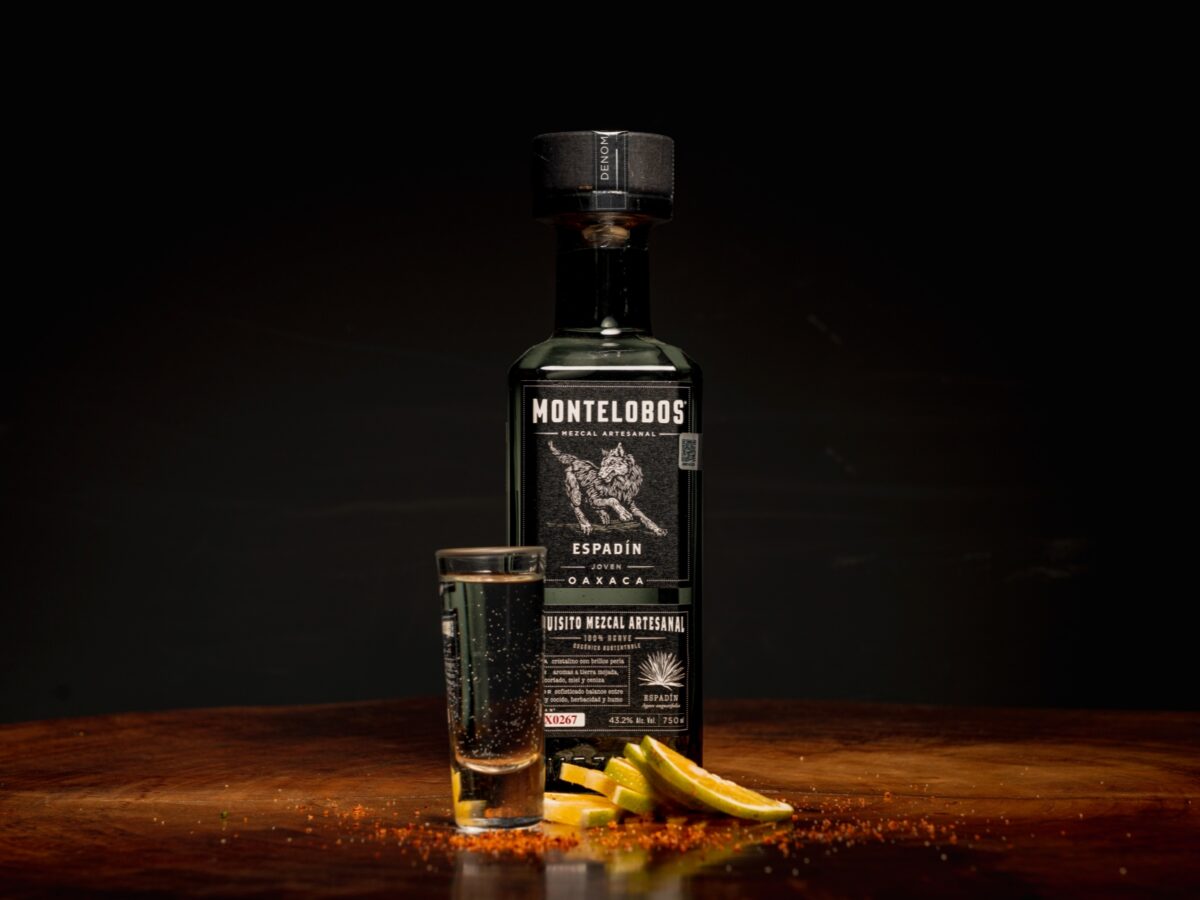
As we’ve just explained, the flavour of the particular Tequila and Mezcal you’re drinking is influenced primarily by the terroir of the agave; in addition to how long the resulting distillate has been left to mature.
Still, on the basis of age, we’re able to offer a few broad tasting notes of the Tequila and Mezcal styles. In the former’s case, most blanco Tequilas possess earthy notes and an aggressive, spirit-forward dimension that is best when utilised in the making of a classic Mexican cocktail (e.g. the Paloma or Tommy’s Margarita).
By contrast, reposado Tequila is almost always smoother and with a more vanillin flavour profile: owing to time spent in wooden barrels. Añejo Tequila works in a similar vein; with the most sophisticated styles striking a deft balance between wood, baking spices and the more agave forward flavours.
Similarly, unaged Mezcal is an invaluable building block for all kinds of cocktails: particularly where a pronounced smoky flavour is desired. Because the agave plant used to make Mezcal doesn’t necessarily have to be blue weber — over 30 different species are in common use — its difficult to assign a uniform character to even the most mature versions, which may all variously possess floral, fruity, or earthen flavours.
The Best Ways To Drink Tequila & Mezcal
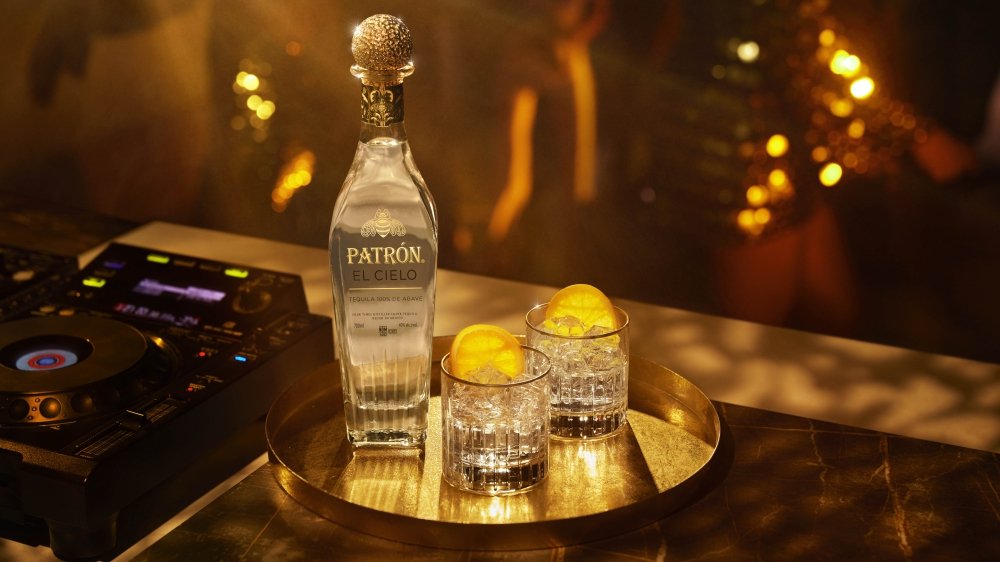
Beyond shots and frozen margaritas, Tequila may be enjoyed in a multitude of ways that depend entirely on the given style you’re drinking. While young Tequila (and for that matter, joven Mezcal) is a great addition to your usual array of icy refreshers; you might be surprised to know that the more mature styles may be enjoyed in the same way as whisky — neat, with a splash of water, or on the rocks.
In the case of Mezcal — known for its assortment of bolder, smoky, typically more savoury flavours — the conventional wisdom is that it’s best enjoyed neat. In Mexico, the tradition is to enjoy the beverage in copitas (small bowl-like cups) or the ubiquitous Veladora glass — reportedly inspired by the candleholders that are a common sight among Mexico’s many catholic churches.
If you enjoyed this primer about the difference between Tequila and Mezcal, here are a few of our favourite drinks stories to keep you reading:
